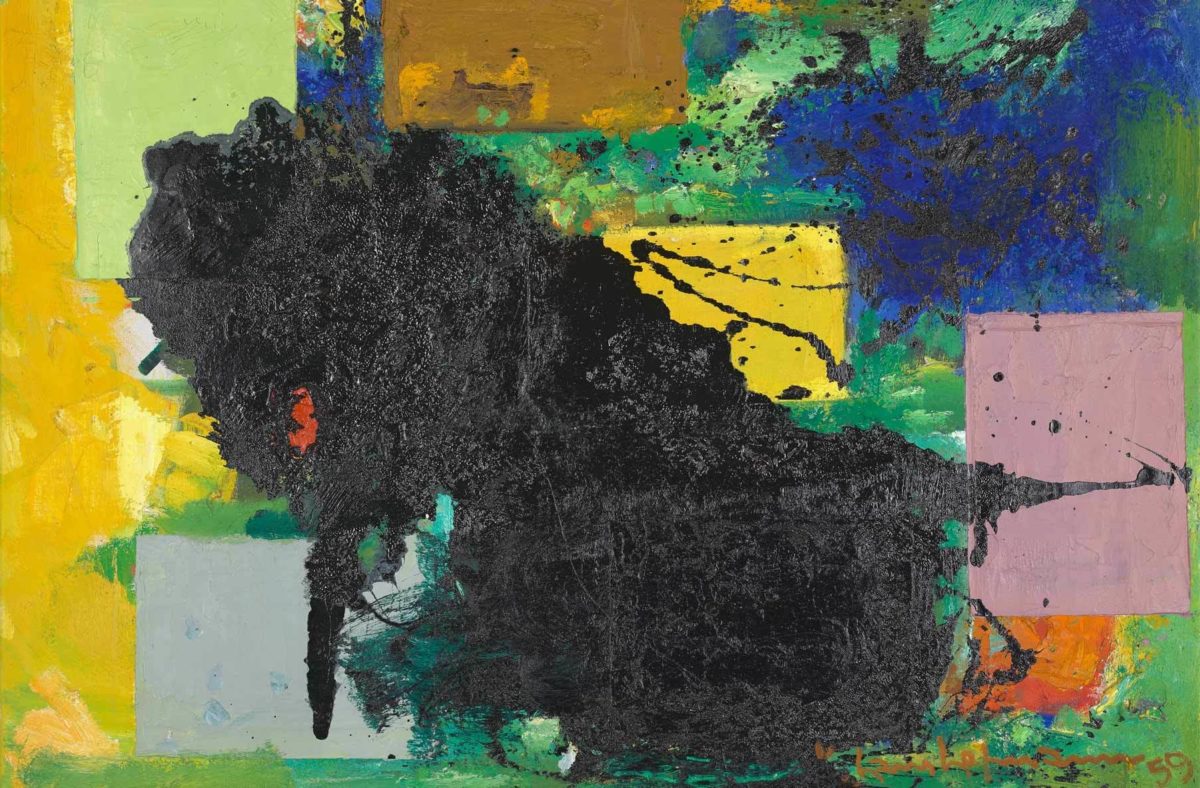By Adelaide Maloney ’22
January 29, 2020
From September 21, 2019 to January 5, 2020, the Peabody Essex Museum held an exhibit called “The Nature of Abstraction”, which featured the work of cubist artist Hans Hofmann.
Hofmann was a pioneer in the cubism movement, and he is often credited as helping spread this style of art into the United States. He was born in Germany and lived from March 21, 1880 to February 17, 1966. Postmodern art and abstraction rose to prominence in this era, with styles such as Bauhaus and Cubism, and Hofmann contributed to its spread.
Cubist art is made up of geometric shapes, and typically does not pay much attention to perspective. Where some may believe this would make the style homogenous, Hofmann’s art proves otherwise. His paintings, despite all being cubist, were created using many different materials, shapes or subjects, or techniques.
One way this is best demonstrated is the different ways he used paint. In some paintings, every single line was completely intentional, and meant to portray a very specific vision of Hofmann’s. In other paintings, however, Hofmann would simply allow paint to run across the canvas as he turned it, creating unplanned, seemingly random lines.
The paintings within the exhibit displayed this diversity very effectively; paintings ranged from still life to being so abstract that no subject was discernible, but they all seemed cohesive together. The disparate ways of painting seemed to flow together with how the exhibit was organized, and it made paintings which may have seemed disorganized if displayed side by side all seem like part of the same group.
Overall, the exhibit did justice to Hans Hofmann and his cubist style of painting, and it showed just how much difference a single style or even single artist can show in their separate works.






